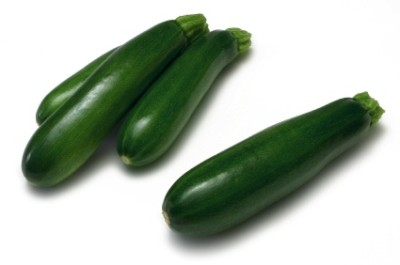
The Health Benefits Of Zucchini Squash

A portal for functional health topics and news.

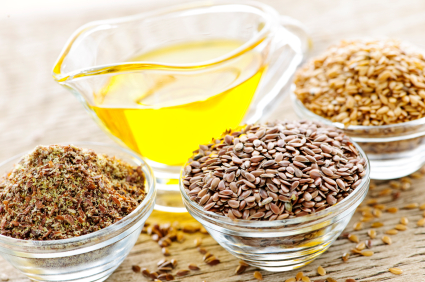
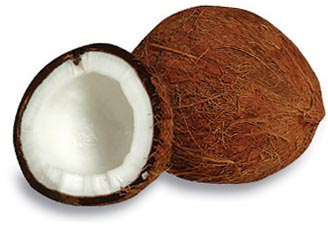
This brown hairy nut is actually the seed of the fruit of the coconut palm tree. Coconuts grow in clusters of ten to twenty. Each tree will have from ten to twenty different clusters growing at one time, all in different stages of development. Once fully matured, the nuts reach a diameter of about 10-12 inches. Their hard outer shell is lined with a fleshy white meat, and the hollow center is filled with a mildly sweet juice often called "coconut water."
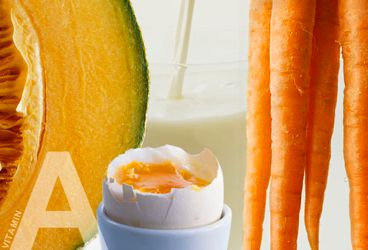
Vitamin A was the first nutrient recognized as fat soluble. Fat soluble vitamins do not easily dissolve in water. They are absorbed in the intestines with the help of fats. There are four fat soluble vitamins: Vitamins A, D, E and K. These vitamins tend to be stored in the body and accumulate in the liver and fatty tissues. Because of this, it is possible to over-consume Vitamin A. However, this is more common when taken in supplement form than from whole foods.
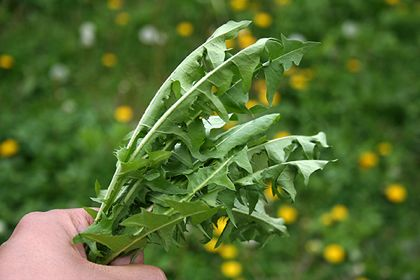
I live in a part of California where dandelion greens grow like weeds. In fact if I didn't keep my yard tended to, it would be full of these flowering plants. The name actually comes from a corruption of the French for "tooth of the lion" (dent de lion). The Latin name for dandelion is Taraxacum officinale, or remedy for disorders. While many consider this plant a nuisance, herbalists and nutritionists rever the dandelion as a valuable herb.
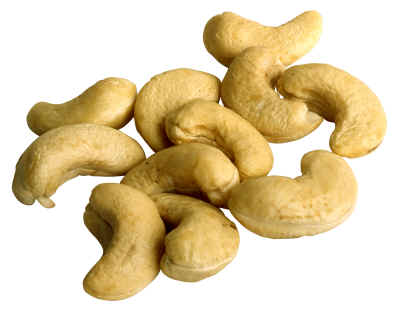
I'll never forget being a young child in Costa Rica traveling with my grandfather. I remember him signaling the bus driver to stop the bus. He jumped off for a few minutes and returned with a bagful of "semillas de marañon." This literally translates to seeds of the marañon. The marañon is an unusual fruit that is native to the coastal areas of Northeastern Brazil. Although the fruit can be eaten and its juice enjoyed, our topic of discussion today is the seeds of the fruit that protrudes strangely from the bottom of the cashew fruit.
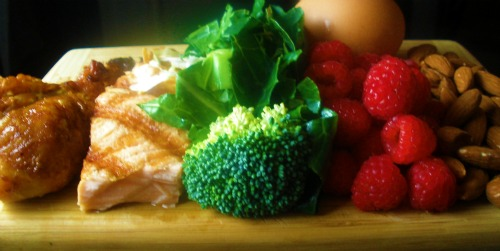
The Paleo Diet, often called the "caveman's diet," is an approach to eating that is growing increasingly popular. The premise of this plan is to only eat foods that would have been available to ancient man before agriculture. The foods recommended are ones that can be hunted or gathered. But foods that need to be cultivated and harvested are strictly prohibited.
The (modern day) Paleo Diet then consists mainly of grass fed, wild caught meats, game and fish (vegans cringe here). Eggs are permitted as are all vegetables and fruits. However, starchier and sweeter types are avoided or saved for athletic training. Healthy animal fats, coconut oil, seeds and nuts complete the meal.
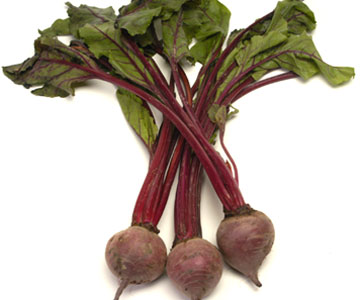
You may have seen beets at the local salad bar, or maybe had them with dinner out of a can. The picture above is what beets look like pulled right out of the ground. The bulbous bottom is actually a root bulb and lies beneath the ground.

Many people have heard of yeast infections, and maybe even something called Candida Albicans. Candida Albicans is a type of yeast that lives in our digestive tract. We actually have many types of bacteria like the yeast living in our intestines making up what is called the gut flora. In fact, we have more bacteria living in our gut than we have cells in our body. The average human carries from 3 - 5 pounds of bacteria in the gut.